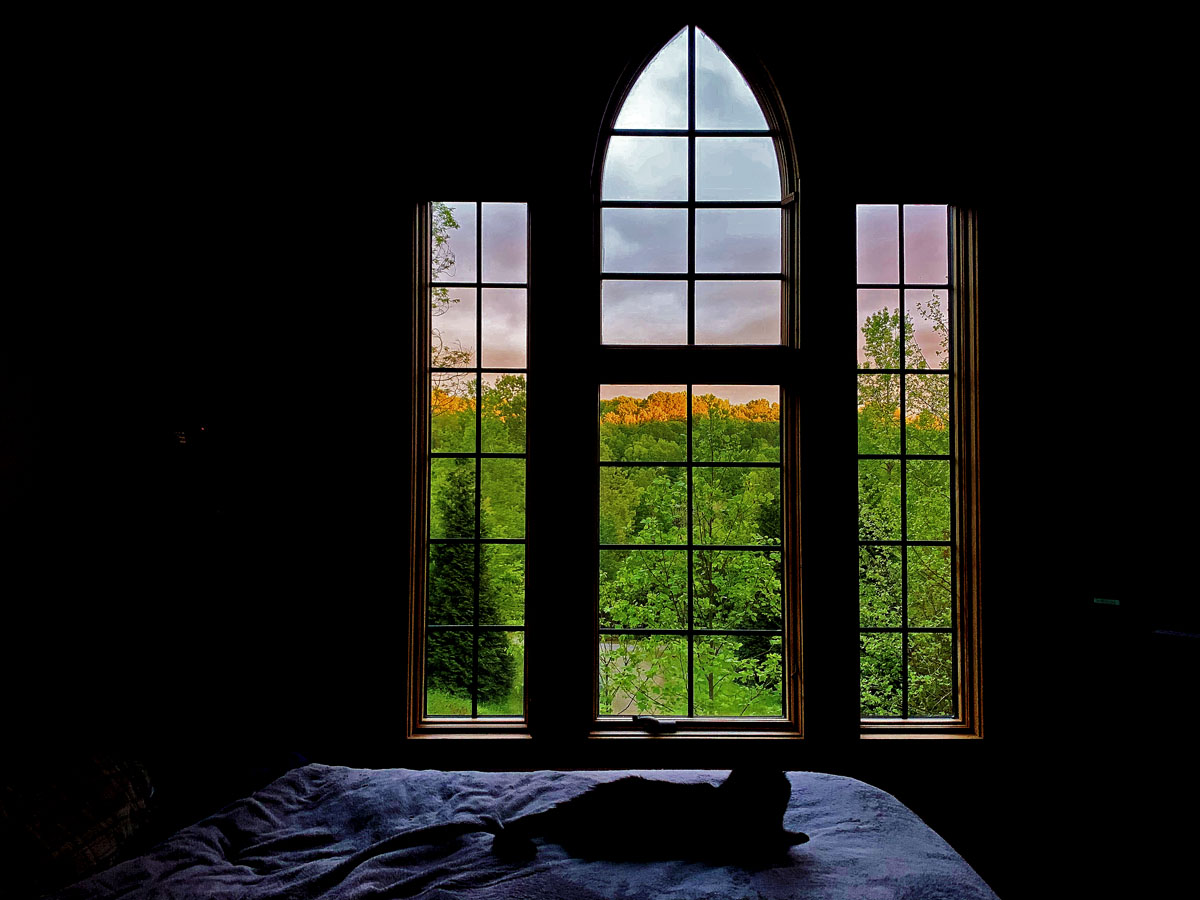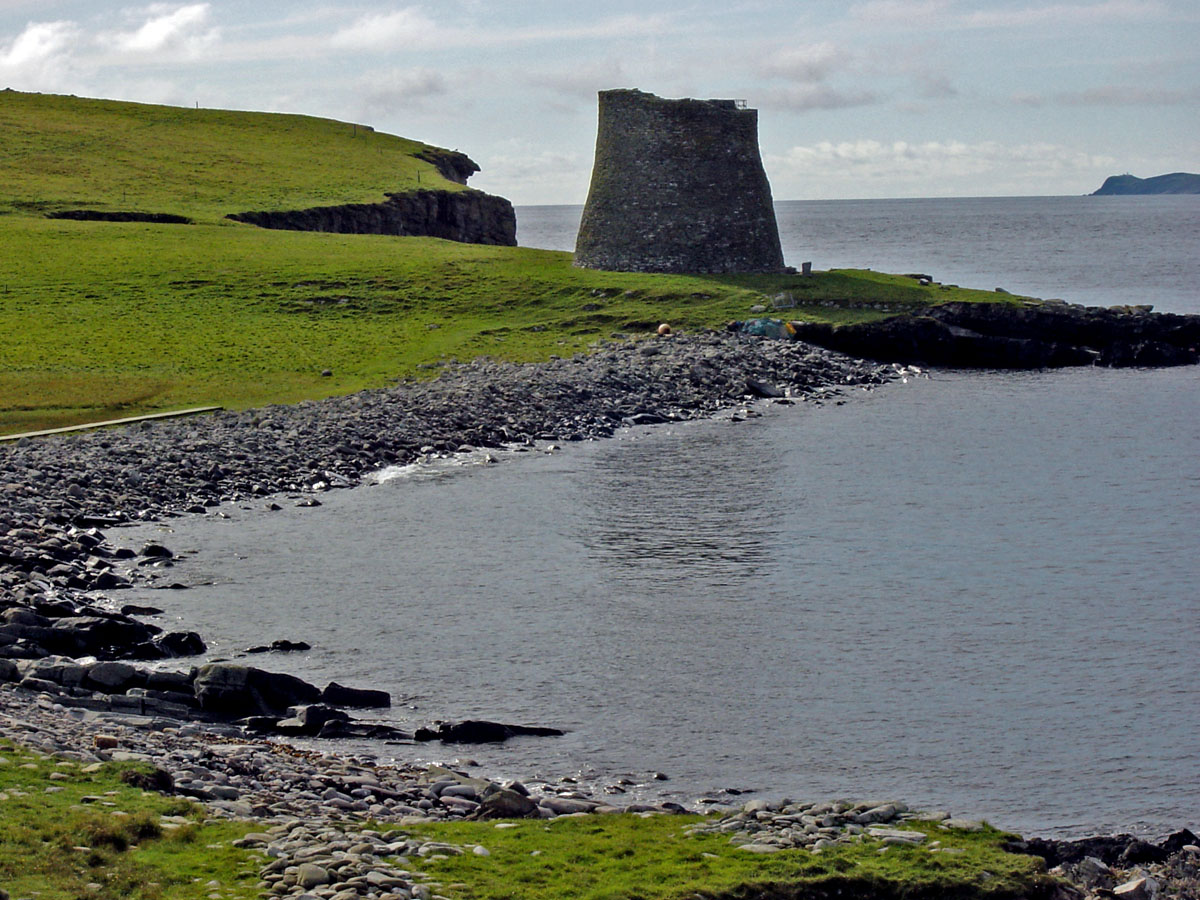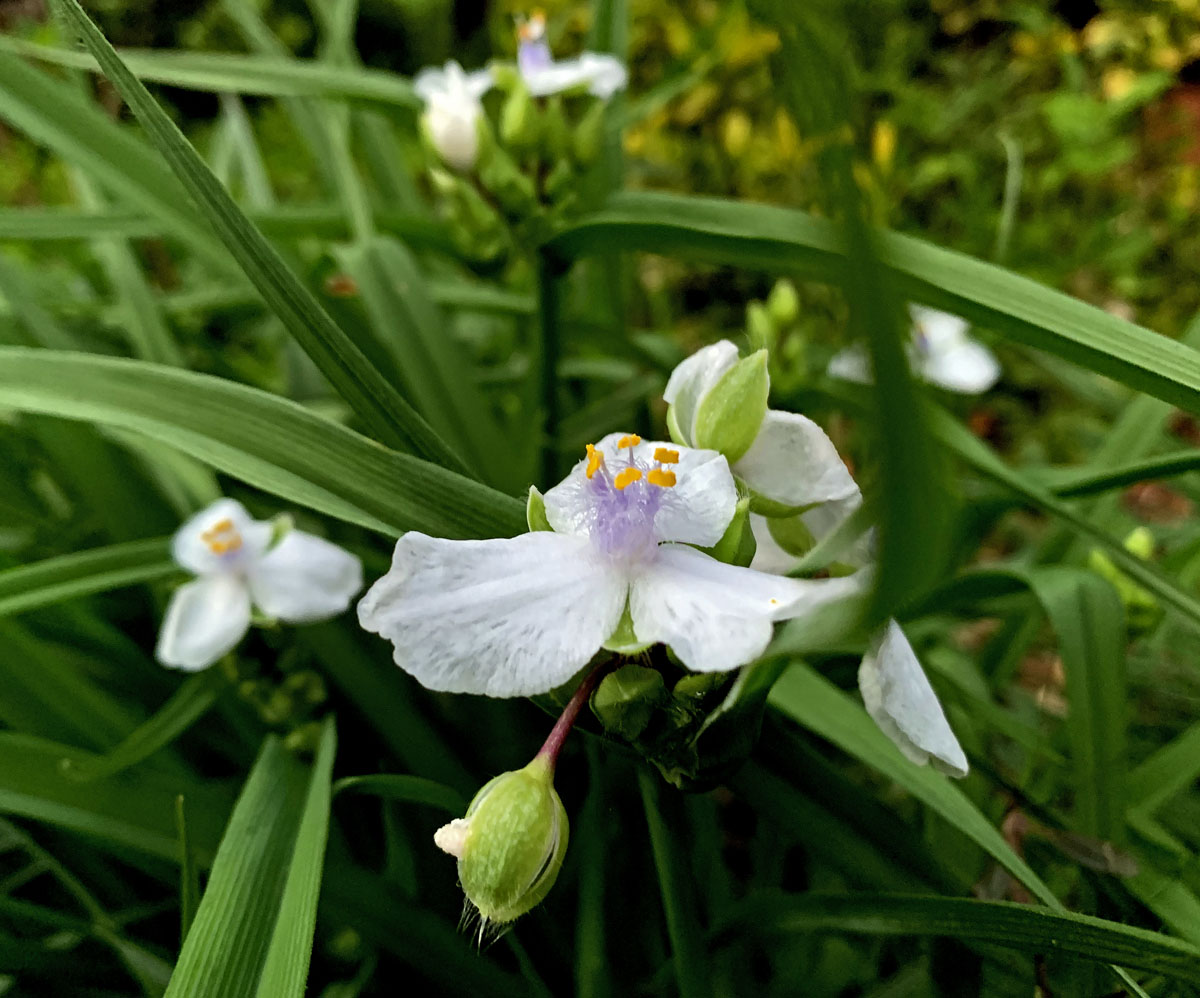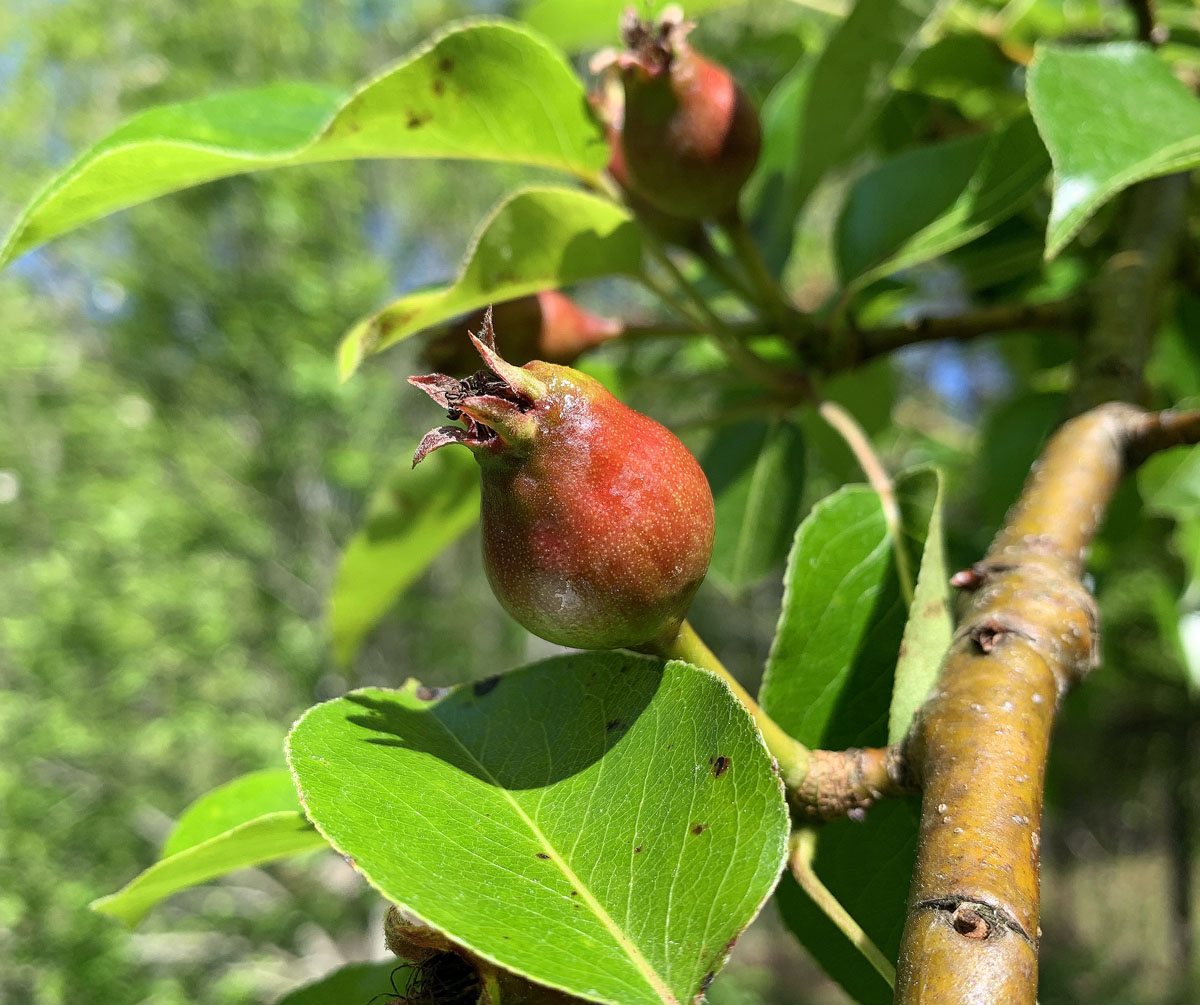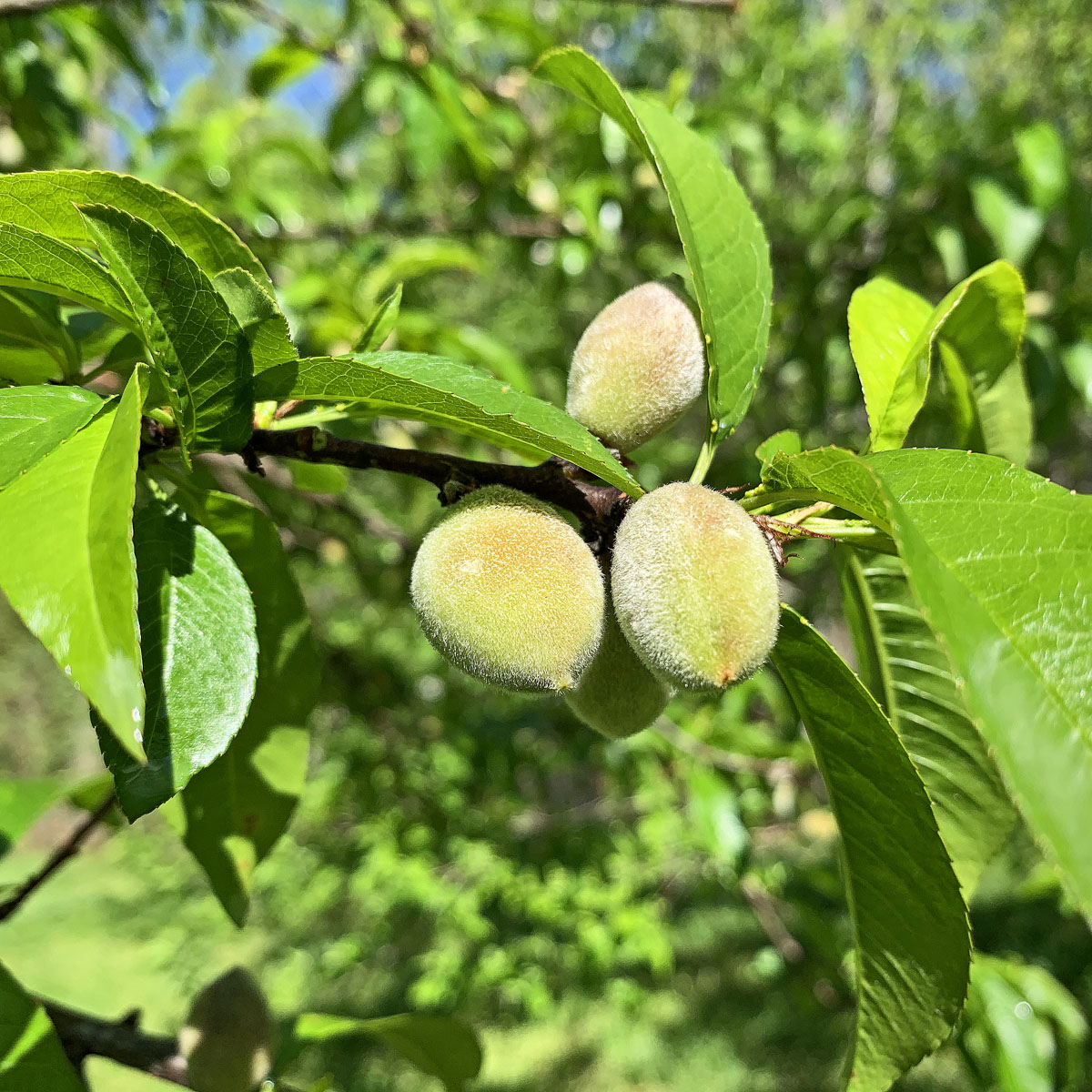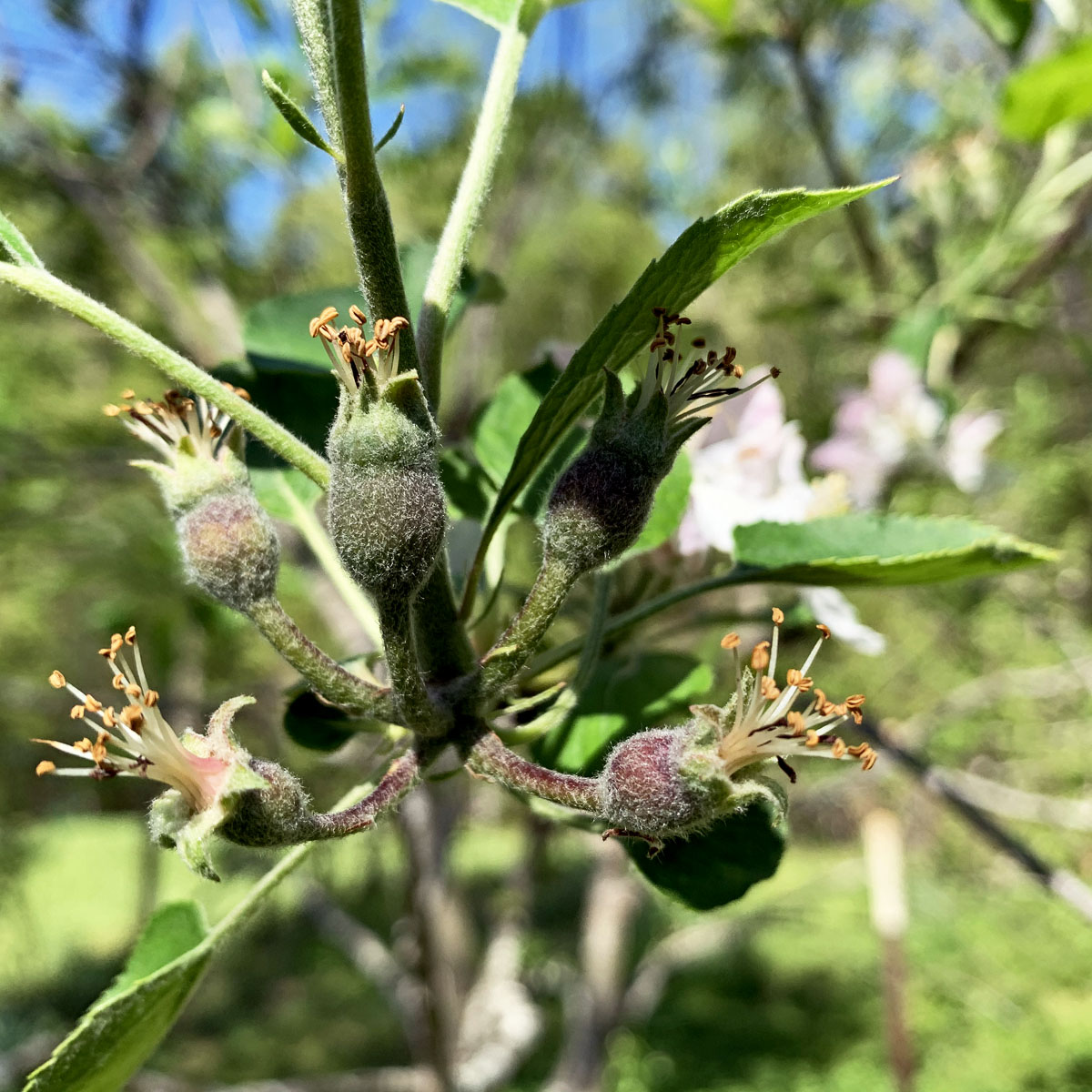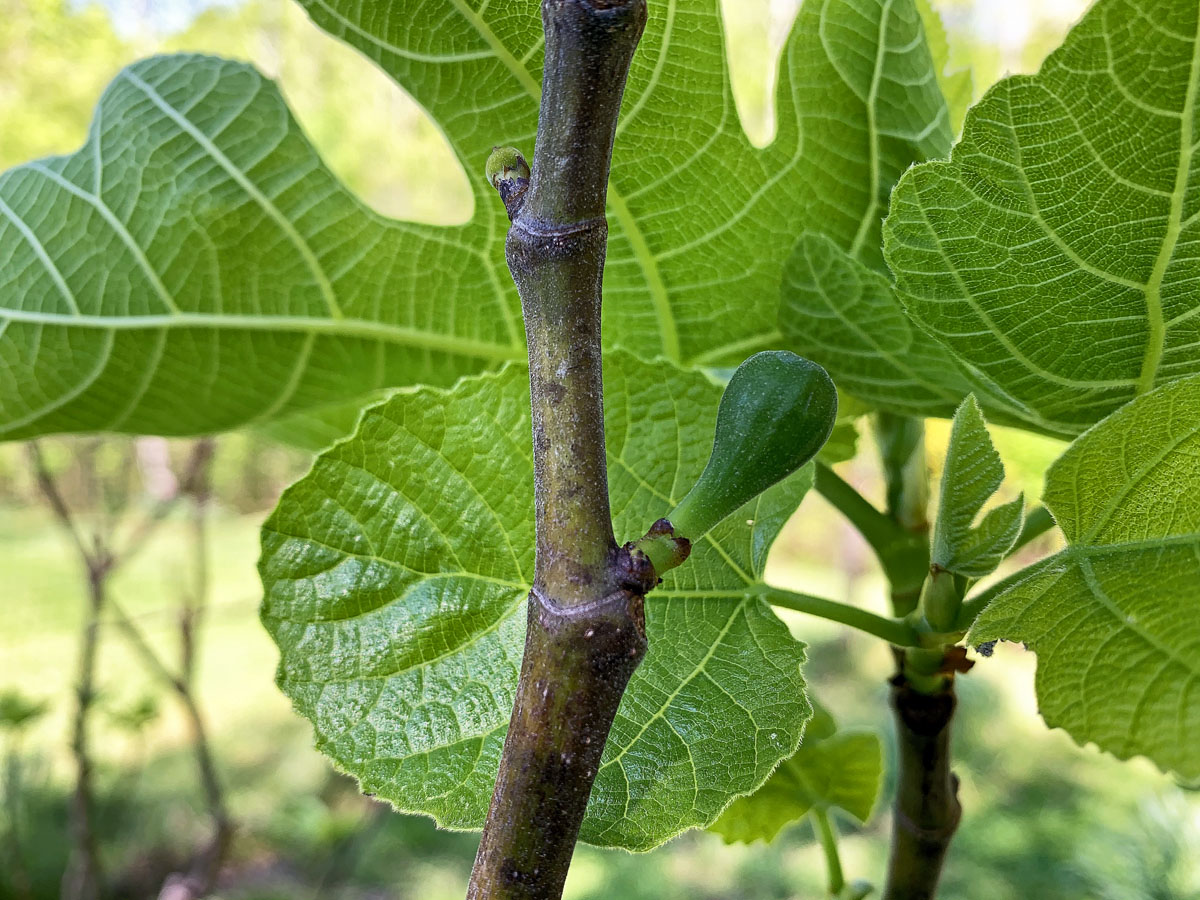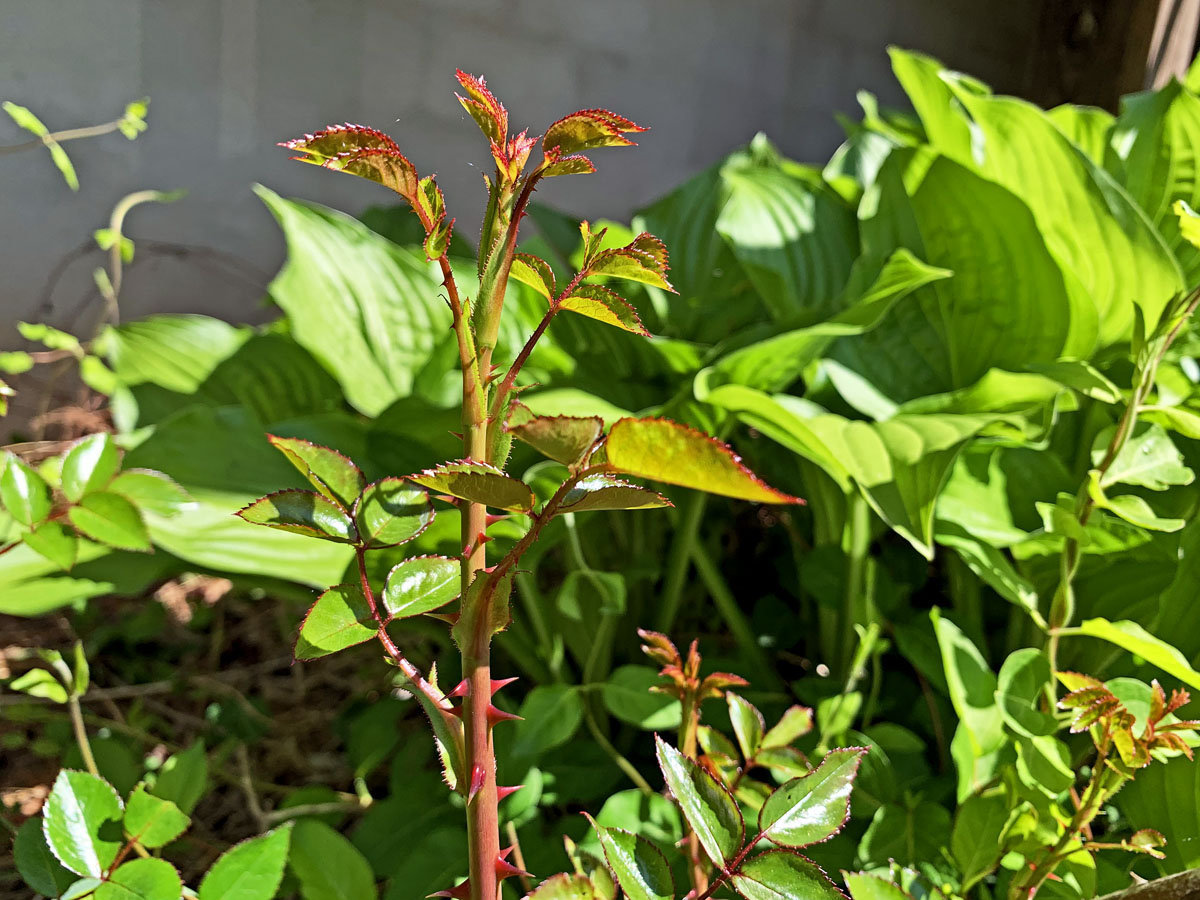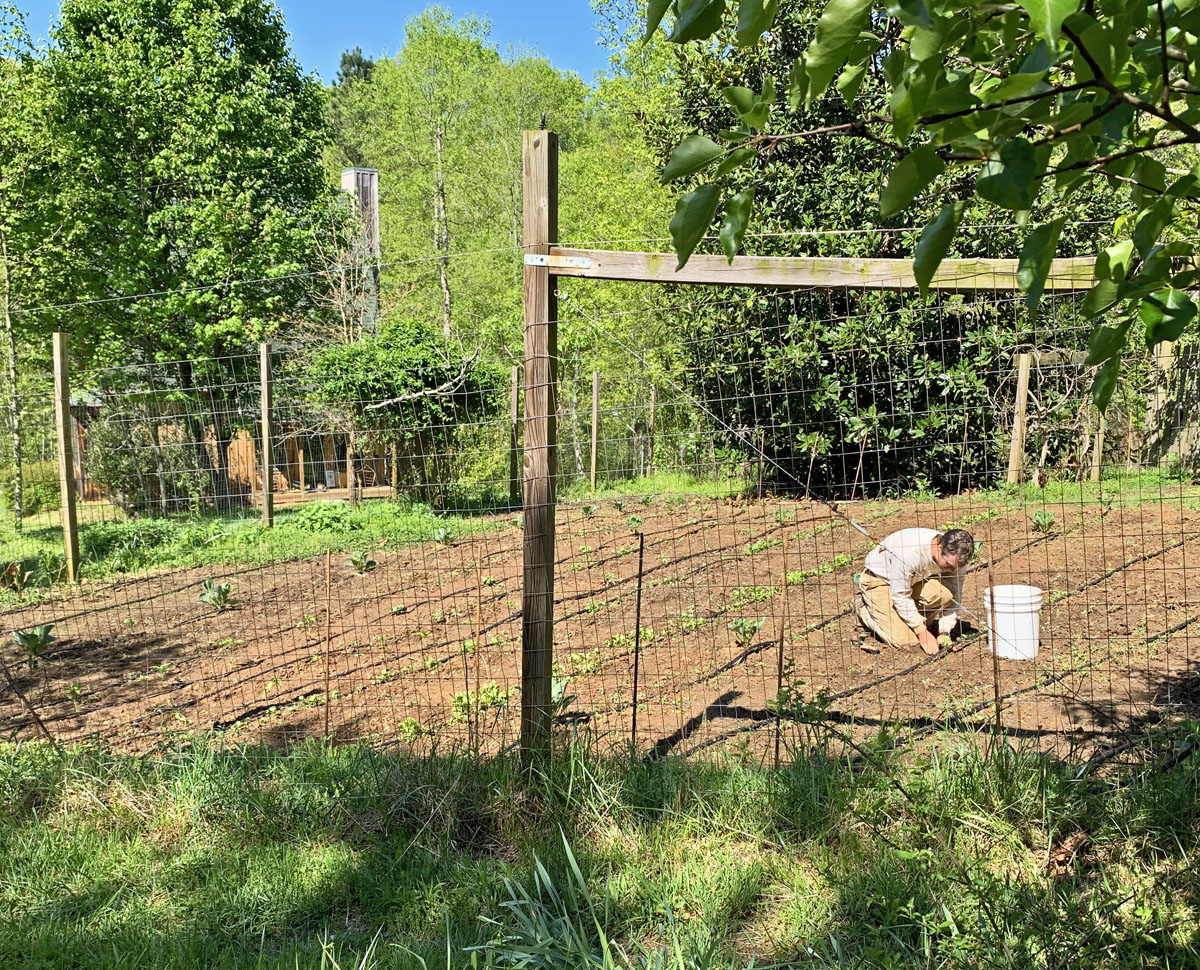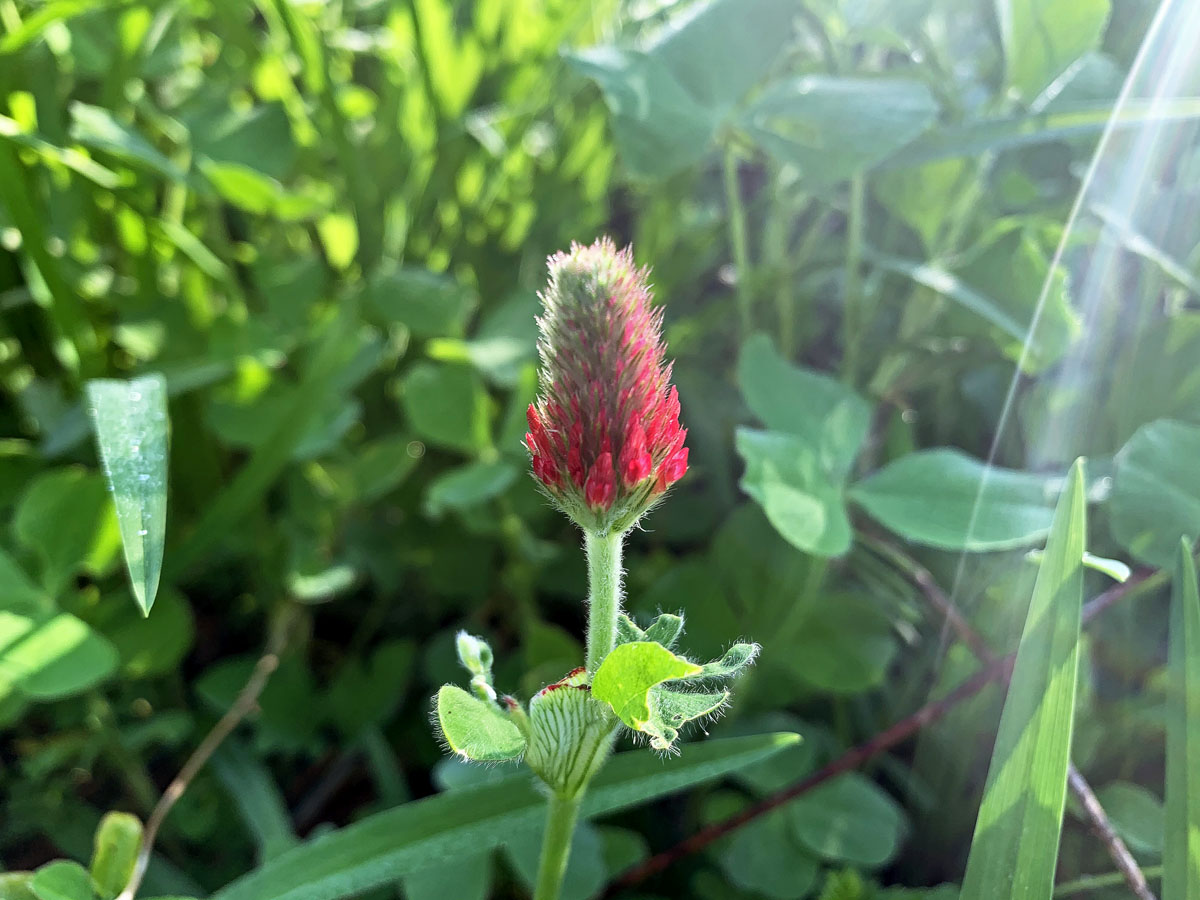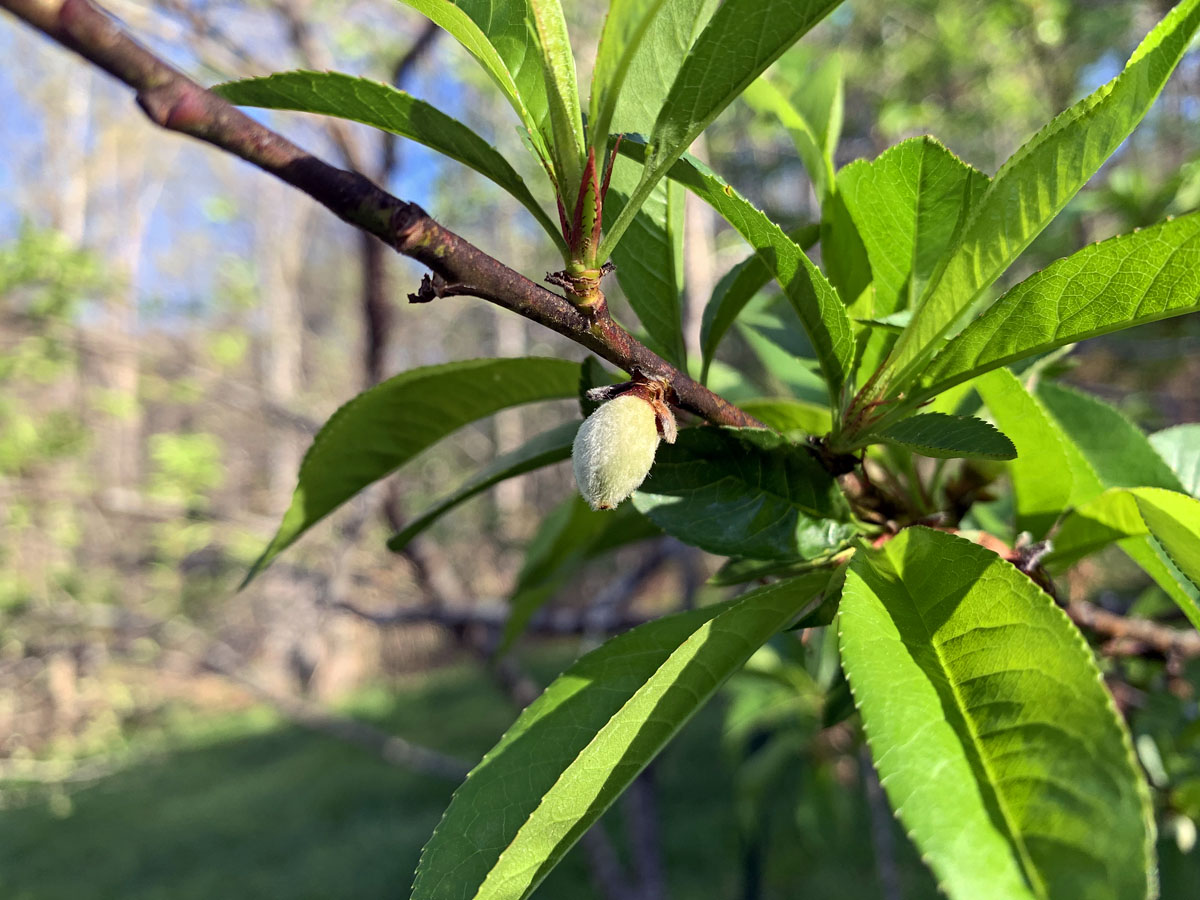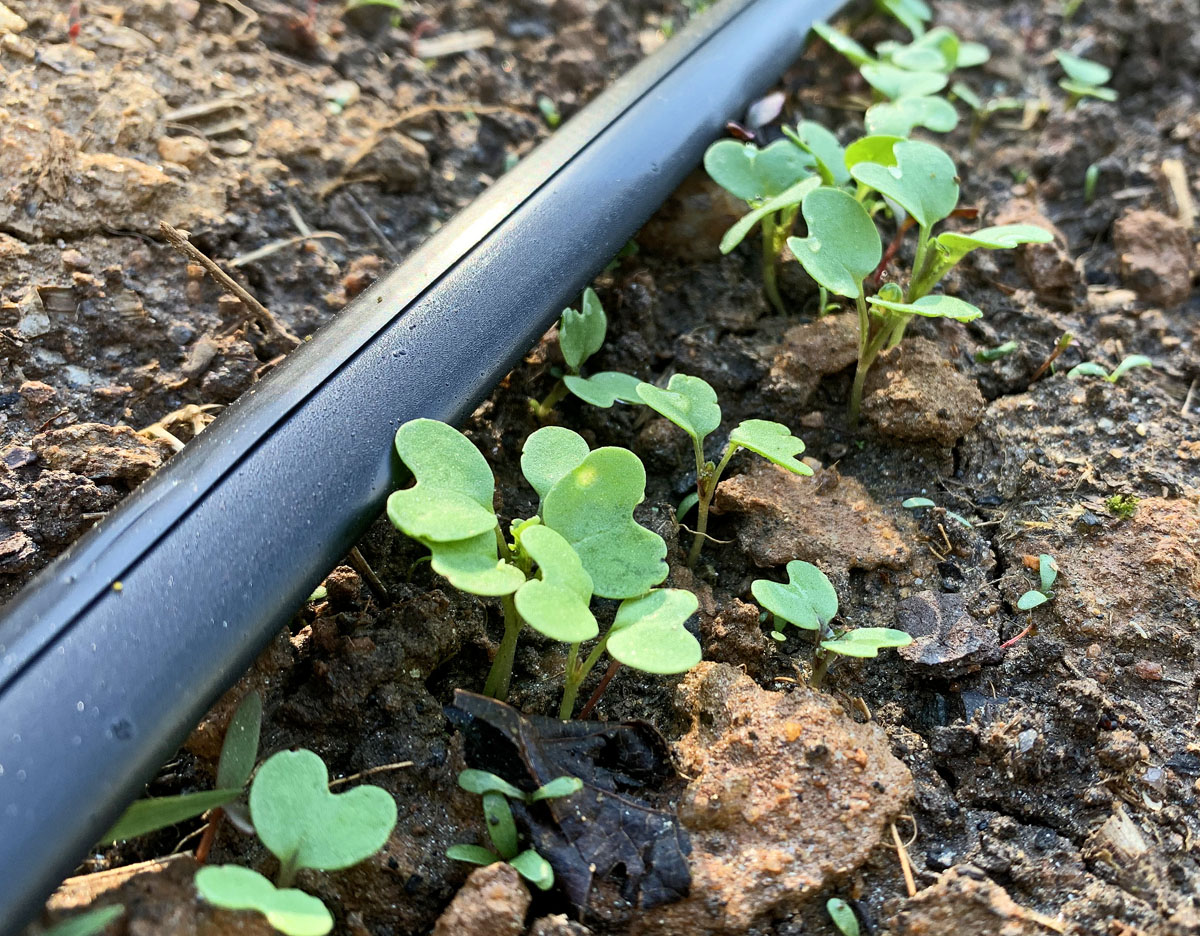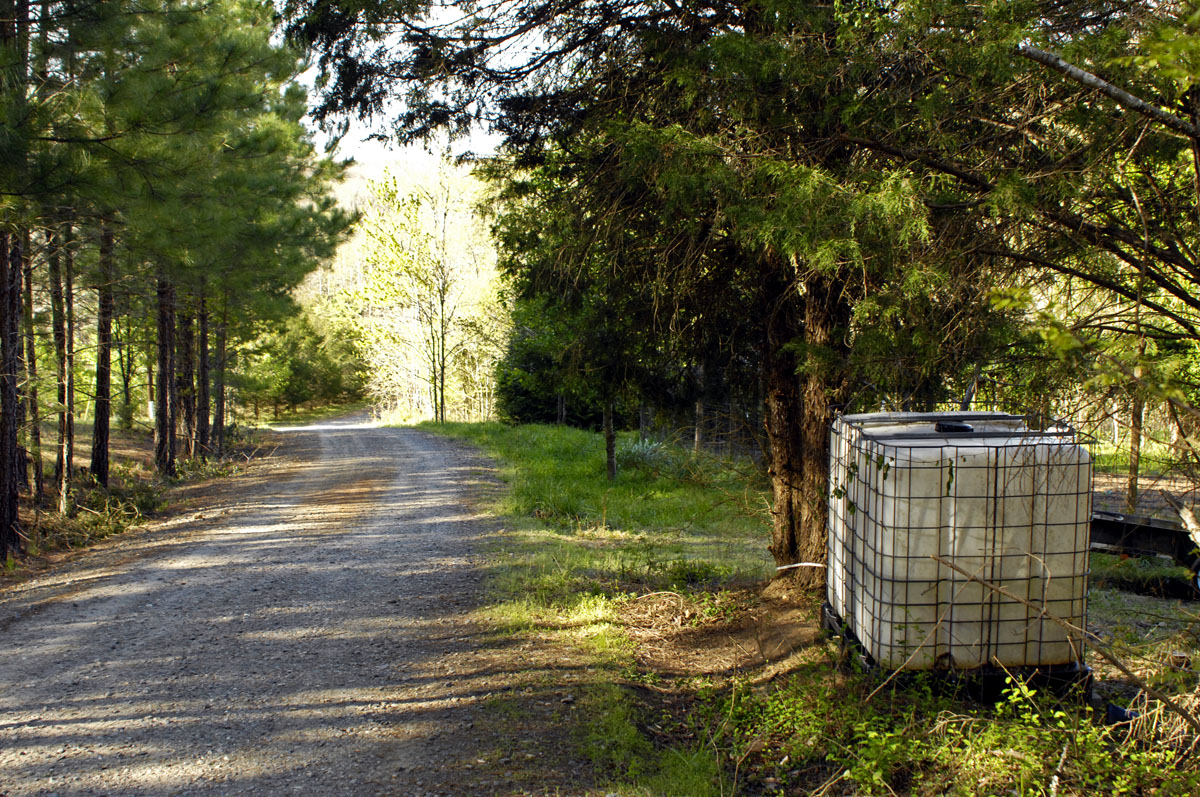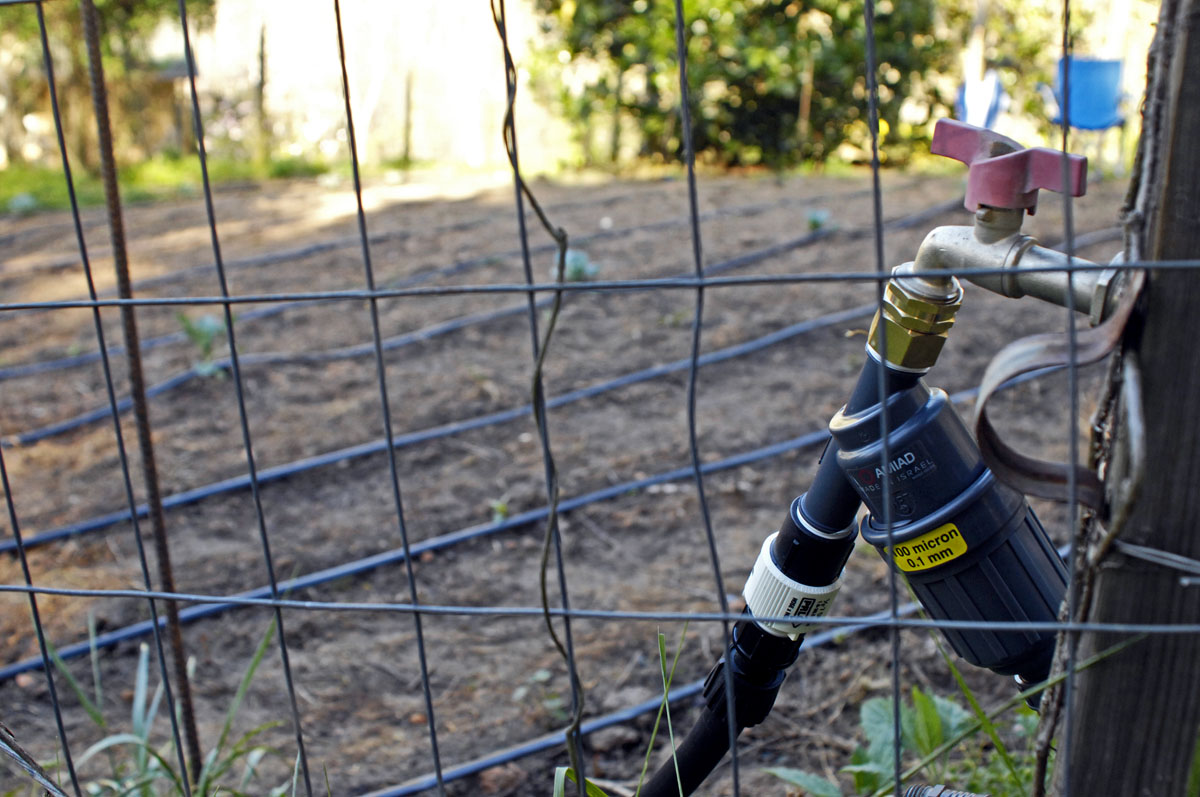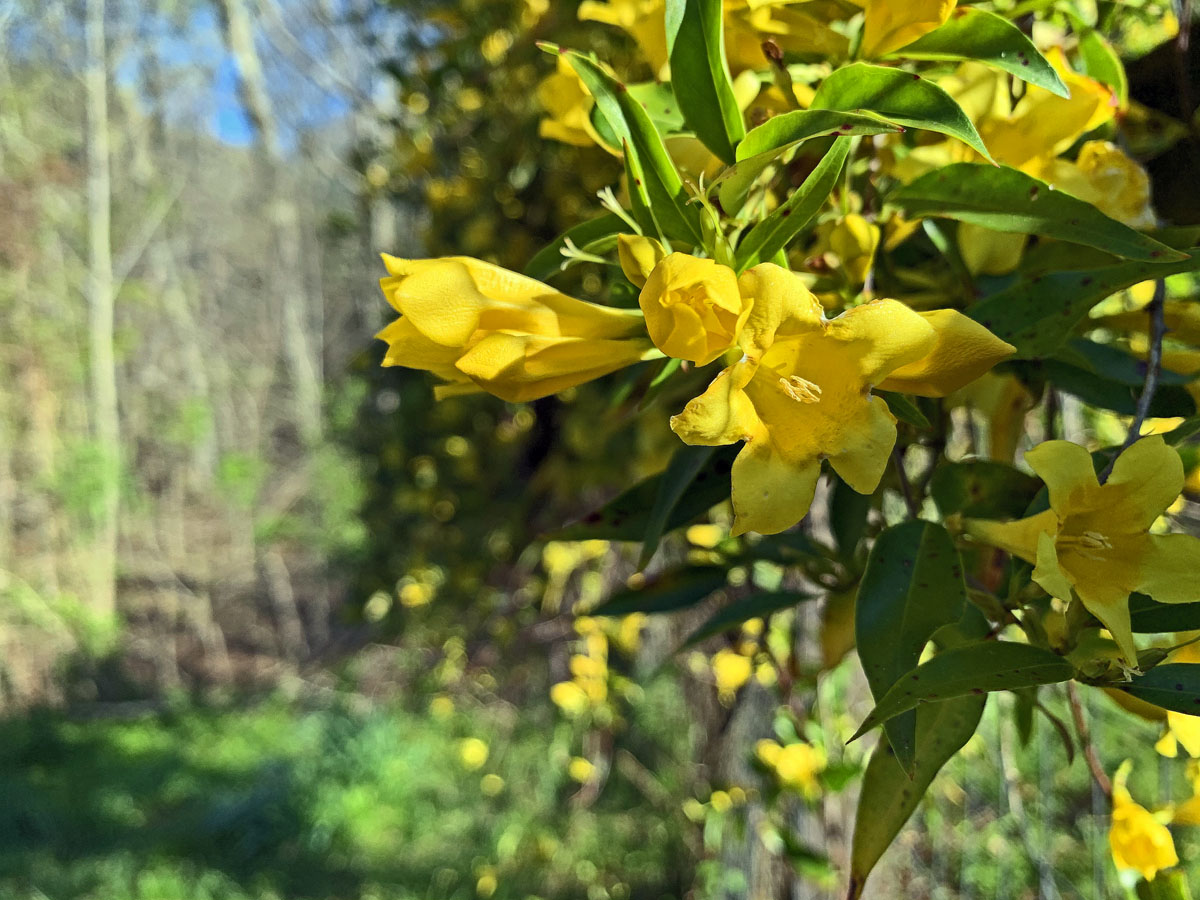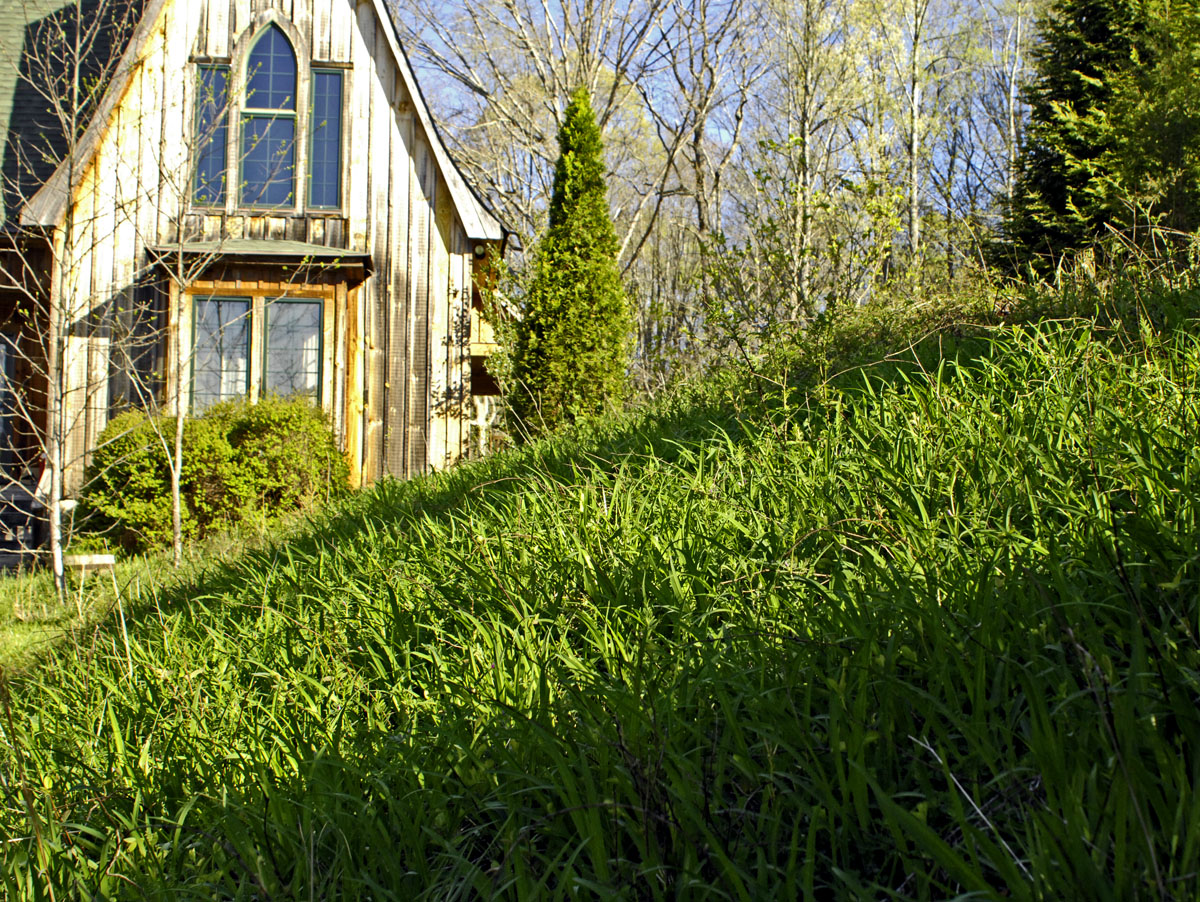
I caught a virus on the Isle of Harris last summer. This virus causes an obsession with collecting tweed. It starts with one’s first Harris tweed jacket. But it doesn’t end there. Oh, no. Before you know it you’re scouring eBay for more, discovering in disappointment that there are only so many colors of Harris tweed. (If you ever see a burgundy Harris tweed jacket in men’s size 40, or a deep forest green, or a deep midnight blue, please let me know. But I don’t think you’re likely to see one.)
And though it starts with Harris tweed, soon all tweeds become interesting. There are many fine tweeds. My last acquisition — a cream colored tweed made in the U.S.A. — has elbow patches. This is my first jacket with elbow patches. Now I’m afraid I’ll start collecting jackets just for the elbow patches.
I learned from Googling that elbow patches have an interesting history. The elbows of jackets wore out first, so worn-out elbows were often patched with leather. Then the patched-elbow look became popular — even a status symbol — and new jackets came with patches. Elbow patches are sometimes called “professor patches.” Gardening, you see, or shooting, didn’t wear out the elbows. But sitting at a desk did. Hence: professor patches.
It would take some hardcore desk-sitting to wear out tweed elbows, because tweed is very hard to wear out. I feel sure, though, that J.R.R. Tolkien wore out many tweed jackets against the desks and armchairs of Oxford. But the most common type of damage to vintage tweed jackets, from what I’ve seen, are rips and tears in the lining where the sleeve attaches to the shoulder of the jacket. That’s from putting on jackets carelessly and straining the seams. That’s one reason, of course, that the linings of jackets are always smooth and silky: the jacket slips on easily over whatever else you’re wearing. The method that I like to use for putting on a jacket is to reach straight up with both arms after my arms are in the sleeves. Then the jacket falls down onto the shoulders nice and neat.
In Googling for the history of elbow patches, I saw that some guys are worried about whether elbow patches are out of style. Good grief. Who cares whether elbow patches are out of style? How could anything that is good and practical ever go out of style? This is why I collect 7-ounce cups and saucers in heavy porcelain, and that’s why guests are always befuddled when they ask me for a large mug, and I say that, oh dear, I just don’t seem to have any. After making a show of thinking for a second, I heroically reach into a top shelf and just happen to discover one large mug. They are grateful. But those guests who are here at least for a weekend soon abandon the big mug and instead start using 7-ounce cups and saucers in heavy porcelain. It doesn’t take long for them to come around.
These days, for outdoor recreation, “tech” clothing is the thing — quilted coats, and synthetic fabrics that stretch a little and dry quickly. Tweed, which is always wool, is said to smell like wet dog when it gets wet. But I don’t care.
These days, we are encouraged to buy “thrifted” clothing rather than new things, for environmental reasons. Most clothing, though, is not the sort of thing that will last for decades and that retains value. But apparently people can’t bring themselves to throw away old tweed, because after twenty years it may still look new. Much of it ends up on eBay.
One of these days I’m going to find one in burgundy, forest green, or midnight blue.
